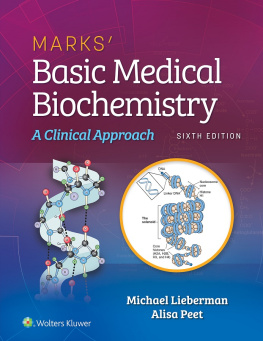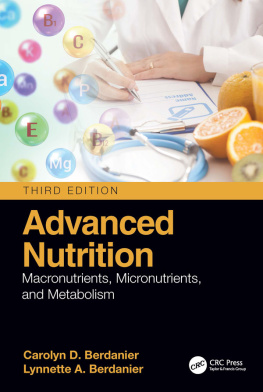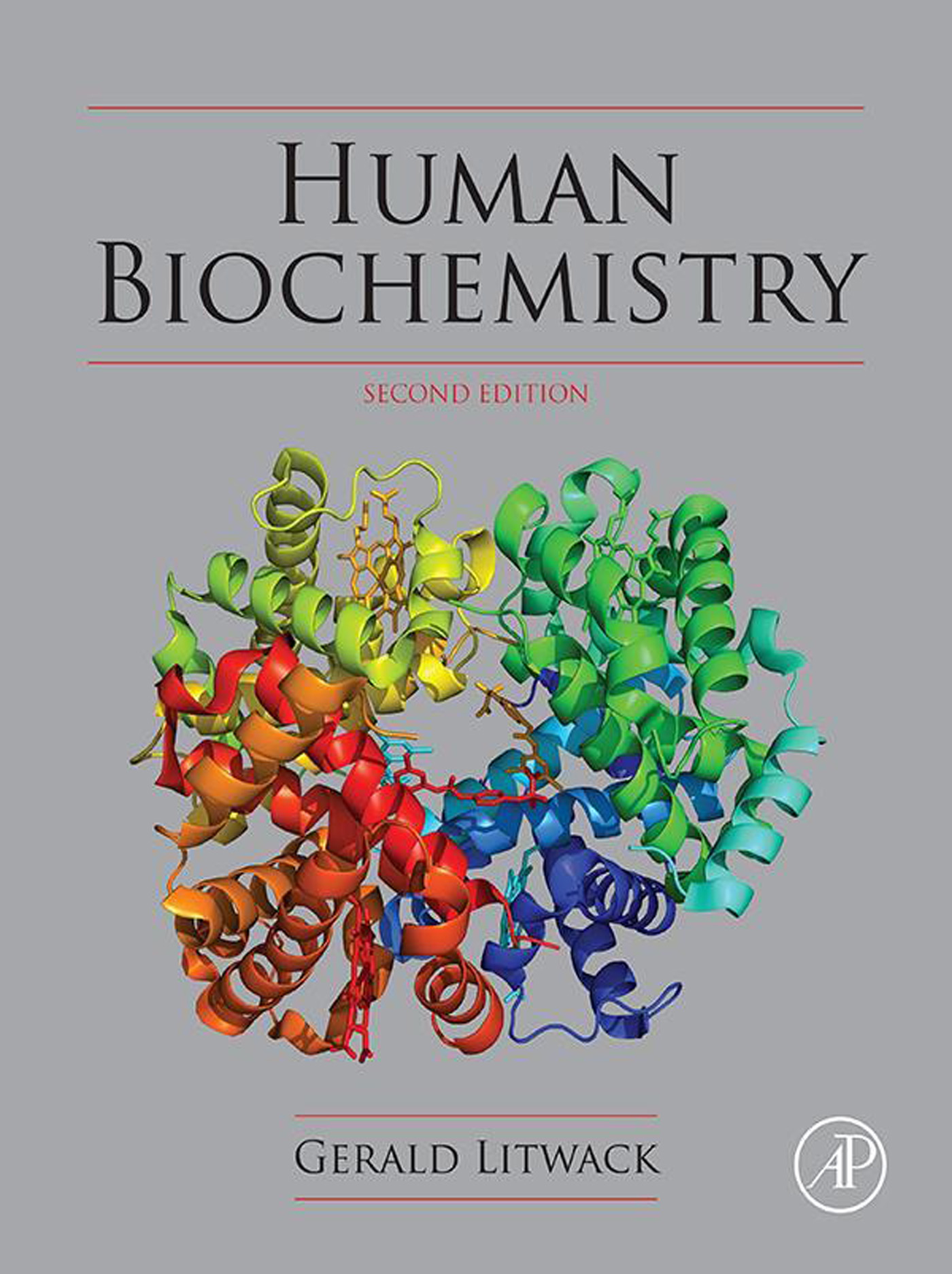Table of Contents
List of tables
- Tables in Chapter 1
- Tables in Chapter 2
- Tables in Chapter 3
- Tables in Chapter 4
- Tables in Chapter 5
- Tables in Chapter 6
- Tables in Chapter 7
- Tables in Chapter 9
- Tables in Chapter 10
- Tables in Chapter 11
- Tables in Chapter 13
- Tables in Chapter 14
- Tables in Chapter 15
- Tables in Chapter 16
- Tables in Chapter 17
- Tables in Chapter 18
- Tables in Chapter 19
- Tables in Chapter 20
- Tables in Chapter 21
List of illustrations
- Figures in Chapter 1
- Figures in Chapter 2
- Figures in Chapter 3
- Figures in Chapter 4
- Figures in Chapter 5
- Figures in Chapter 6
- Figures in Chapter 7
- Figures in Chapter 8
- Figures in Chapter 9
- Figures in Chapter 10
- Figures in Chapter 11
- Figures in Chapter 12
- Figures in Chapter 13
- Figures in Chapter 14
- Figures in Chapter 15
- Figures in Chapter 16
- Figures in Chapter 17
- Figures in Chapter 18
- Figures in Chapter 19
- Figures in Chapter 20
- Figures in Chapter 21
- Figures in Appendix 4
Landmarks
Table of Contents
Human Biochemistry
Second Edition
Gerald Litwack, PhD
Professor of Molecular & Cellular Medicine and Associate Director, Institute for Regenerative Medicine, Texas A&M University School of Medicine (Retired)
Emeritus Professor, Chair or Founding Chair, Rutgers University, Thomas Jefferson University Kimmel Medical College and the Geisinger Commonwealth School of Medicine, Texas A&M University School of Medicine, Temple, TX, United States

Copyright
Academic Press is an imprint of Elsevier
125 London Wall, London EC2Y 5AS, United Kingdom
525 B Street, Suite 1650, San Diego, CA 92101, United States
50 Hampshire Street, 5th Floor, Cambridge, MA 02139, United States
The Boulevard, Langford Lane, Kidlington, Oxford OX5 1GB, United Kingdom
Copyright 2022 Elsevier Inc. All rights reserved.
No part of this publication may be reproduced or transmitted in any form or by any means, electronic or mechanical, including photocopying, recording, or any information storage and retrieval system, without permission in writing from the publisher. Details on how to seek permission, further information about the Publishers permissions policies and our arrangements with organizations such as the Copyright Clearance Center and the Copyright Licensing Agency, can be found at our website: www.elsevier.com/permissions.
This book and the individual contributions contained in it are protected under copyright by the Publisher (other than as may be noted herein).
Notices
Knowledge and best practice in this field are constantly changing. As new research and experience broaden our understanding, changes in research methods, professional practices, or medical treatment may become necessary.
Practitioners and researchers must always rely on their own experience and knowledge in evaluating and using any information, methods, compounds, or experiments described herein. In using such information or methods they should be mindful of their own safety and the safety of others, including parties for whom they have a professional responsibility.
To the fullest extent of the law, neither the Publisher nor the authors, contributors, or editors, assume any liability for any injury and/or damage to persons or property as a matter of products liability, negligence or otherwise, or from any use or operation of any methods, products, instructions, or ideas contained in the material herein.
British Library Cataloguing-in-Publication Data
A catalogue record for this book is available from the British Library
Library of Congress Cataloging-in-Publication Data
A catalog record for this book is available from the Library of Congress
ISBN: 978-0-323-85718-5
For Information on all Academic Press publications visit our website at https://www.elsevier.com/books-and-journals
Publisher: Andre Gerhard Wolff
Acquisitions Editor: Peter B. Linsley
Editorial Project Manager: Pat Gonzalez
Production Project Manager: Stalin Viswanathan
Cover Designer: Christian J. Bilbow
Typeset by MPS Limited, Chennai, India

Dedication
The book is dedicated to my family.
About the author

Gerald (Gerry) Litwack was educated at Hobart College (BA) with graduate work at the University of Wisconsin, Madison (MS and PhD in biochemistry). After spending a summer at the University of Wisconsin as an instructor in a course on enzymes, he sailed to Paris (Liberte) where he spent a year as a postdoctoral fellow of the National Foundation for Infantile Paralysis at the Laboratoire de Chimie Biologique of the Sorbonne. He then became an Assistant Professor of Biochemistry at Rutgers University, later becoming an Associate Professor at the Graduate School of Medicine of the University of Pennsylvania. Future posts took him to the Fels Institute for Cancer Research and Molecular Biology at the Temple University School of Medicine where he was the Laura H. Carnell Professor of Biochemistry and the Deputy Director of the Institute. Later, he was the Chairman of the Department of Biochemistry and Molecular Pharmacology, a Professor of Biochemistry, Vice Dean for Research, and the Director of the Institute for Apoptosis at Thomas Jefferson University Kimmel Medical College with future appointments as a Visiting Scholar at the Geffen School of Medicine at UCLA, the Founding Chair of the Department of Basic Science of the Geisinger Commonwealth School of Medicine, and, as his final position, a Professor of Molecular and Cellular Medicine and the Associate Director of the Institute for Regenerative Medicine at Texas A&M University School of Medicine. Dr. Litwack was a Sabbatical Visitor at the University of California, Berkeley; the University of California, San Francisco; the Courtauld Institute of Biochemistry (London); and the Wistar Institute. He was appointed as the Emeritus Professor and/or Chairman at Rutgers University, Thomas Jefferson University, and Geisinger Commonwealth School of Medicine. He has published more than 350 papers in scientific journals, is named on more than 20 patents, and held numerous editorial positions on biochemical and cancer journals. He has authored 3 textbooks in the areas of biochemistry or endocrinology and has edited more than 65 books. Following his retirement, he lives with his family in Los Angeles where he continues his work as an author and editor and paints in watercolor.
Preface
. Multiple-choice review questions were prepared by myself, while the case-based problems are the contribution of Prof. Sonia Lobo of the Department of Basic Sciences, the Geisinger Commonwealth School of Medicine. I am most grateful for her contributions. She has considerable experience in utilizing problem-based learning in her teaching of medical students. My hope is that these materials will aid students in the health sciences, especially in those institutions that may be moving in the direction of problem-based learning.









